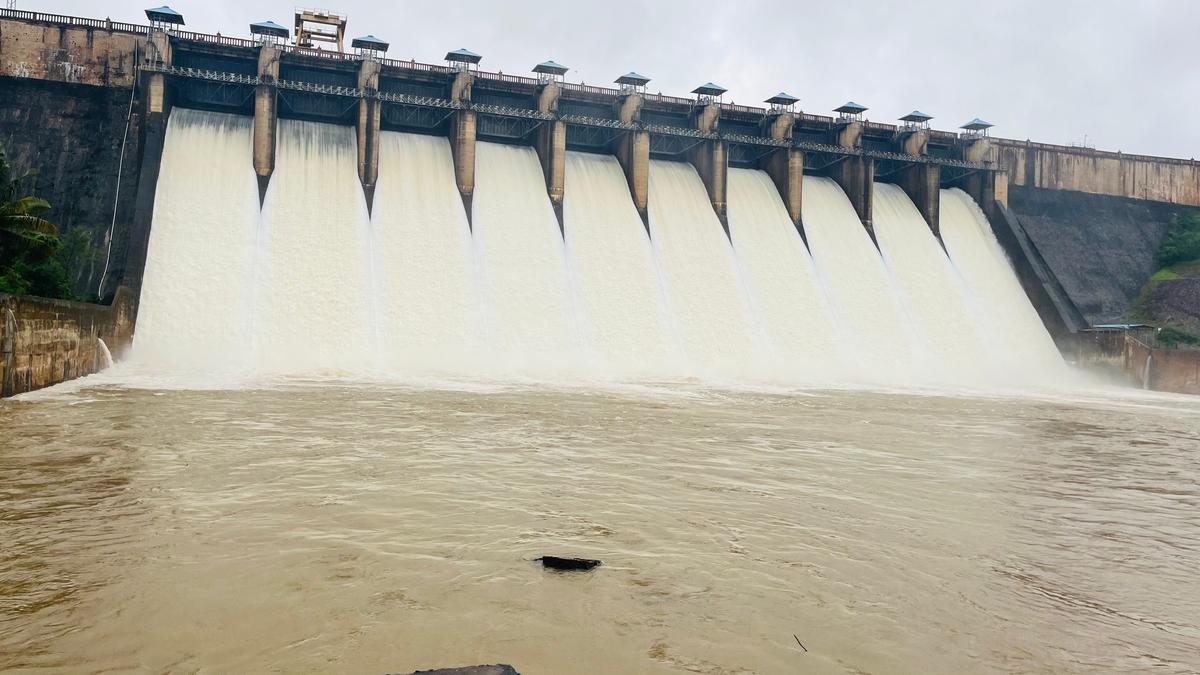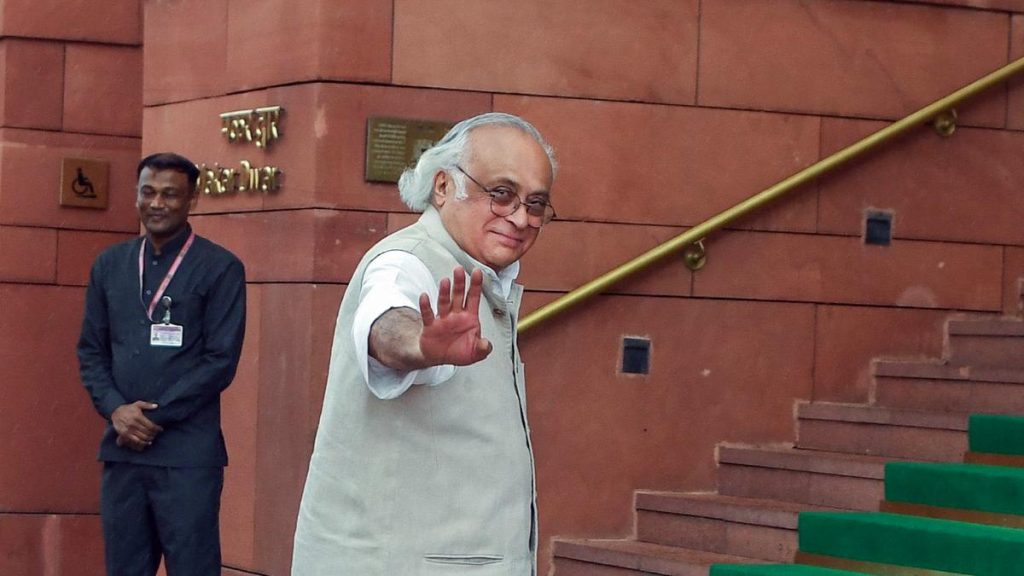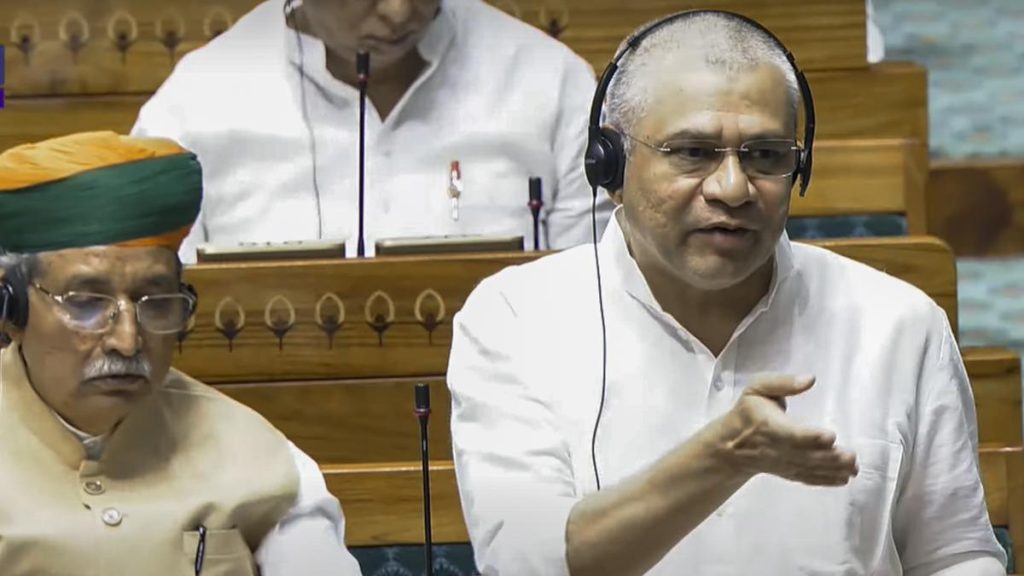Now Reading: Authorities Warn Farmers, Fishermen Against Entering Krishna River
-
01
Authorities Warn Farmers, Fishermen Against Entering Krishna River
Authorities Warn Farmers, Fishermen Against Entering Krishna River

Speedy Summary
- Authorities have cautioned farmers and fishermen in villages along Krishna riverbanks to avoid entering the river due to increased water discharge from Maharashtra dams.
- Kallol barrage (Maharashtra): Discharge measured at 87,969 cusecs, an increase of 6,333 cusecs from the previous day.
- Almatti dam (Krishna River): Outflow increased to 90,000 cusecs from 70,000 cusecs due to rainfall in catchment areas and discharge upstream.Current storage is at 98.583 tmcft (80.1% capacity).
- Hipparagi Barrage: Average inflow measured at 81,630 cusecs; outflow at 80,980 cusecs without impounding water.
- Basava Sagar dam (Narayanpur): Inflow recorded at 70,000 cusecs with expected rise beyond 90,000 cusecs shortly; current storage is at 29.82 tmcft (89.5% capacity).
- Renuka Sagar dam (Malaprabha River): Inflow recorded as 5,401 cusecs and outflow as only 194 cusecs; current water level stands at approximately one-third of its full capacity-14 tmcft out of a maximum of 37.73 tmcft.
- Raja Lakhamagouda reservoir: inflow measured as 15,782 cusecs and outflow as nearly two-thirds-9,991.
Indian Opinion Analysis
The increasing discharge from Maharashtra dams due to heavy rains in catchment areas has triggered meaningful downstream consequences for Karnataka’s Krishna basin infrastructure. With multiple reservoirs running near-capacity or seeing ample inflows – notably Almatti and Basava Sagar – efficient management will be crucial to avert risks like flooding while maintaining adequate reserves for irrigation purposes.
Cautioning communities along riverbanks highlights the preventative measures against potential safety hazards posed by fluctuating releases into major rivers like Krishna during peak monsoons. the current disparities in reservoir capacities also underscore regional variations in rainfall impact across Karnataka’s hydraulic network.
This situation points toward mounting demands on inter-state coordination for water resource management during monsoons – balancing flood control with agricultural and hydropower needs sustainably over time.
For more details: Read Here























